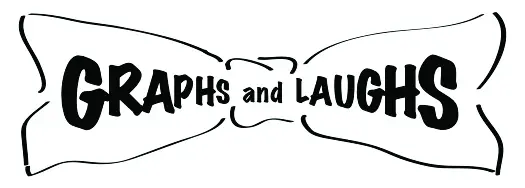Posts Tagged ‘econ70.com’
UPS Earnings: Up but Down
UPS released its earnings last week. Volume fell here but grew overseas. Pricing power in the US was good and revenue surged despite weak volume because big investments in technology resulted in worker hours falling 2%. UPS mgt also had concerns about oil. In short: great $$$$, mediocre US outlook, a better situation in Asia,…
Read MoreBin Laden Dead, Markets Shrug
The death of bin Laden is a non-event in the markets. Had there been a rally, the US dollar, precious metals and commodities should all have weakened and stocks should have rallied as investors moved from safe havens to riskier investments. But, everything is up! The dollar is slightly higher, stocks are up marginally and…
Read MoreStartups Create Jobs
The perception is that small business creates most new jobs. NO! The best predictor of job creation is age of firm. Younger firms create more jobs regardless of size. New firms operate in a volatile “up or out” environment. After 5 years many young firms fail. But, those that survive continue ramping up and grow…
Read MoreAffordable Foreclosures
A key reason why new home activity has fallen off sharply is because new homes are now about 30% more expensive than existing ones; double the typical margin. Foreclosures and short sales accounted for 40% of all sales in February ’11 compared to just 25% in ’10. Moreover, some builders in hard hit spots continue…
Read MoreChina to Surpass USA in ’16
27 The IMF has determined that China’s economy will surpass ours in 2016 – in 5 years! Many have said it will happen in the mid 2020s; they are wrong. 1) The Chinese currency is massively undervalued. 2) Using Purchasing Power Parity (PPP) which measures what people spend and earn in their own currencies China…
Read MoreTrade Deficit Dynamics
The March trade deficit fell by 2.6% but, hold the applause. Imports fell 1.7% due to a fall in demand for crude oil. Exports fell 1.4% as US auto, industrial machinery & food products fell. As if the decline in exports was not bad enough, for the first few months of ’11 the deficit is…
Read MoreCountercyclical Measures
Including the stimulus, tax cuts, bailouts, home and car subsidies and automatic stabilizers (i.e. unemployment insurance and food stamps) the Great Recession will add about $4.2 trillion to the federal debt by the time it ends. The largest contributor; automatic stabilizers. They kick in when the economy slows. These stabilizers will add about $1.9 trillion…
Read MoreHome Builders Hurt Hard
NVR, Inc., a large home builder reported lower than expected earnings as sales dropped and margins narrowed. Looking through their financials there is not much to be happy about. If, arguably, the strongest public builder in the strongest markets (DC and northeast) can muster -18% on Y-o-Y orders and -75 basis points on Q-o-Q gross…
Read MoreGood Vs. Bad Inflation
The Fed via QE2 tried to generate inflation but got the wrong kind. Instead of wage inflation or real estate inflation (including house price increases) which causes people to ratchet up their spending because they feel richer, what we have are soaring prices for items that are hard to substitute away from such as energy…
Read MoreCourting Debt Ceiling Disaster
During the housing bust banks held mortgage debt they thought was safe. It wasn’t. In the crunch, they got scared and froze; so did the economy. If Cong fails to lift the debt ceiling the chain of events will be similar but worse as the assets will not be Frankenstein bonds made from mortgages but…
Read More